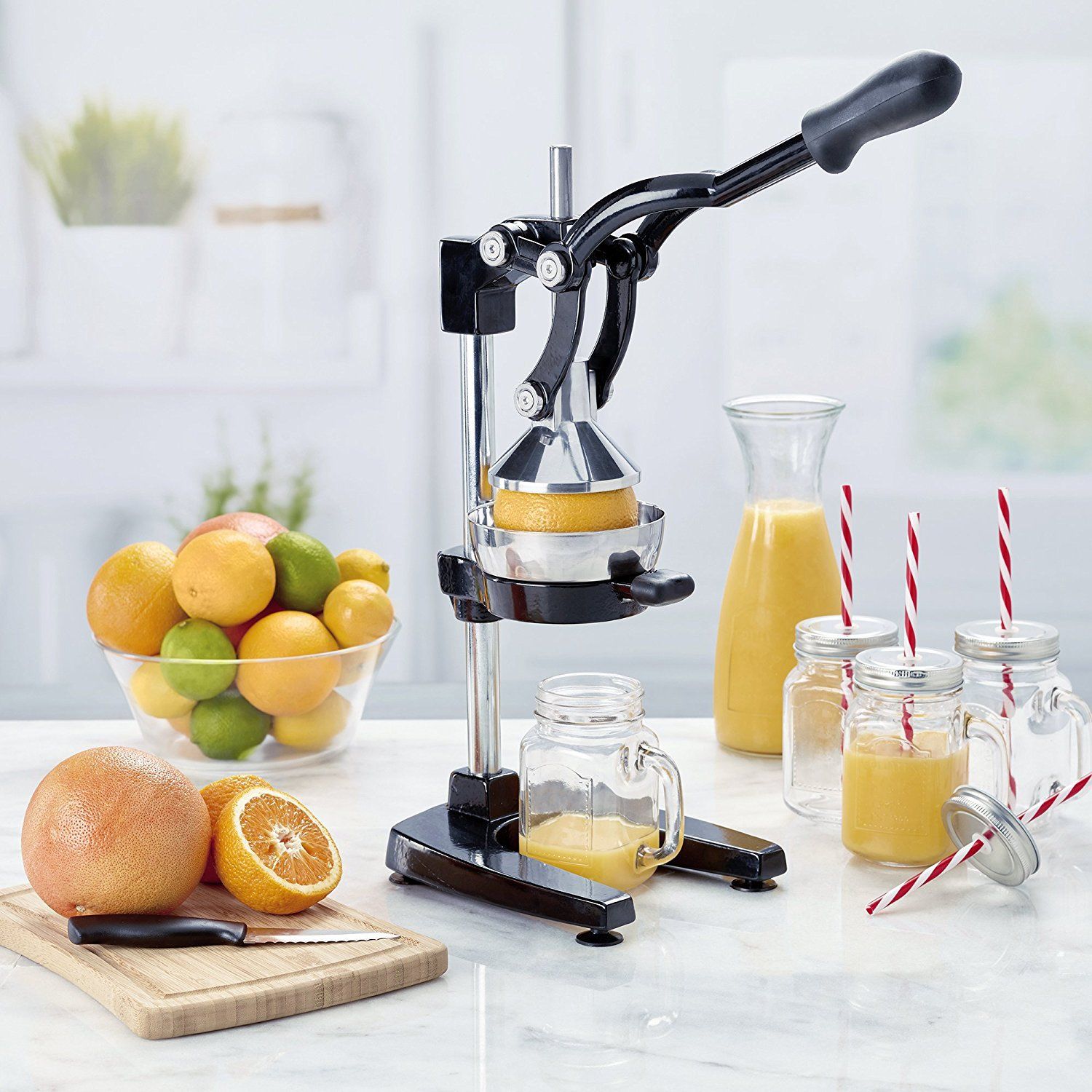

Articles
What Can You Use A Juicer For
Modified: October 18, 2024
Discover the versatility of juicers with our informative articles. Learn how to use a juicer for various purposes and get the most out of your juicing experience.
(Many of the links in this article redirect to a specific reviewed product. Your purchase of these products through affiliate links helps to generate commission for Storables.com, at no extra cost. Learn more)
Introduction
Juicing has become a popular trend in recent years, with more and more people embracing the benefits of incorporating fresh fruit and vegetable juices into their daily routines. Not only does juicing offer a delicious and convenient way to consume a variety of nutrients, but it also provides numerous health benefits that can improve overall well-being.
In this article, we will explore the many versatile uses of a juicer and how it can revolutionize your approach to nutrition. Whether you’re looking to boost your energy levels, support your weight loss goals, or simply enjoy a refreshing and nutritious beverage, a juicer can be an invaluable tool in your kitchen.
So, let’s dive in and discover the exciting world of juicing!
Key Takeaways:
- Juicing offers a convenient and delicious way to boost nutrient intake, support digestion, and enhance immune function, providing a natural energy boost without the need for caffeine or sugary drinks.
- With the versatility of juicers, you can create endless combinations of fresh fruit and vegetable juices, nutritious smoothies, wheatgrass juice, and homemade nut milks to support detoxification, weight loss, and increased energy levels.
Read more: What Can You Use To Mop
Health Benefits of Juicing
Juicing is an excellent way to nourish your body with essential nutrients. By extracting the natural juices from fruits and vegetables, you can consume a concentrated dose of vitamins, minerals, and antioxidants that are easily absorbed by your body.
Here are some of the health benefits that juicing offers:
- Increased nutrient intake: Juicing allows you to consume a larger quantity of fruits and vegetables in a single glass of juice. This means you can easily obtain a diverse range of vitamins, minerals, and phytonutrients that support optimal health.
- Improved digestion: Freshly squeezed juices contain enzymes that aid in digestion, promoting better nutrient absorption and reducing the burden on your digestive system. This can lead to improved digestion and reduced bloating or indigestion.
- Enhanced immune function: Juices are packed with antioxidants that help strengthen the immune system. These antioxidants protect against free radicals, which can cause cell damage and weaken immunity.
- Detoxification: Juicing is an excellent way to support the body’s natural detoxification processes. By consuming nutrient-rich juices, you can assist your liver and kidneys in eliminating toxins and waste products from your body.
- Increased energy levels: The vitamins and minerals present in fresh juices can provide a natural energy boost without the need for caffeine or sugary drinks. These nutrients help to support optimal cellular function and combat fatigue.
By incorporating juicing into your daily routine, you can enjoy these incredible health benefits and take a proactive approach to your overall well-being.
Types of Juicers
There are several types of juicers available on the market, each with its own unique features and benefits. Understanding the different types can help you choose the right juicer for your specific needs and preferences. Here are the most common types of juicers:
- Centrifugal Juicers: Centrifugal juicers are the most popular and widely available type. They work by spinning the fruits or vegetables against a mesh filter, separating the juice from the pulp. These juicers are fast and efficient, making them a great choice for those who want quick and easy juicing.
- Masticating Juicers: Masticating juicers, also known as slow juicers or cold-press juicers, operate at lower speeds than centrifugal juicers. They use a chewing or grinding mechanism to extract juice from produce, resulting in higher juice yield and retaining more nutrients. Masticating juicers are ideal for juicing leafy greens, wheatgrass, and other fibrous ingredients.
- Citrus Juicers: As the name suggests, citrus juicers are specifically designed for juicing citrus fruits like oranges, lemons, and grapefruits. They come in manual and electric versions and are simple to use. Citrus juicers extract the juice directly from the fruit, leaving behind the pulp.
- Twin Gear Juicers: Twin gear juicers, also known as triturating juicers, are considered the top-of-the-line juicers. They feature two interlocking gears that crush and grind the fruits and vegetables to extract juice. Twin gear juicers produce the highest quality juice and are great for juicing hard and fibrous produce.
When selecting a juicer, consider factors such as the types of produce you’ll be juicing, how often you plan to juice, and your budget. Each type of juicer has its strengths and weaknesses, so choose the one that best suits your needs.
Now that you know about the different types of juicers, let’s explore the various ways you can use a juicer to create delicious and nutritious drinks!
Making Fresh Fruit and Vegetable Juice
One of the primary uses of a juicer is to create fresh and delicious fruit and vegetable juices. With a wide variety of fruits and vegetables available, the possibilities are endless when it comes to mixing and matching flavors.
Here’s a step-by-step guide to making fresh juice with your juicer:
- Select your ingredients: Choose a combination of your favorite fruits and vegetables. It’s best to use organic produce whenever possible to avoid pesticides and chemicals.
- Prepare the produce: Wash the fruits and vegetables thoroughly and remove any seeds, stems, or tough skins. Chop them into small pieces that will easily fit into the juicer chute.
- Set up your juicer: Follow the instructions provided with your juicer to assemble it properly. Ensure that all the parts are securely in place and the juicer is clean and ready for use.
- Start juicing: Turn on the juicer and begin feeding the prepared produce through the chute. Use the pusher to guide the ingredients into the juicer and extract the juice. Collect the juice in a container placed under the juicer’s spout.
- Strain (optional): If desired, strain the juice to remove any pulp or fibers. This step is optional, as some people prefer the added fiber in their juice. You can use a fine mesh strainer or cheesecloth for this purpose.
- Serve and enjoy: Pour the fresh juice into a glass and serve immediately for the best flavor and nutritional value. You can also add ice cubes or garnish with a slice of fruit for a refreshing touch.
Experiment with different combinations of fruits and vegetables to find your favorite flavor profiles. Some popular juice combinations include apple and carrot, kale and cucumber, or watermelon and lime. The possibilities are endless!
By making fresh juice at home, you have full control over the ingredients, ensuring that you’re consuming pure and unprocessed juice that’s packed with nutrients. Cheers to vibrant health!
Creating Nutritious Smoothies
Another fantastic use for a juicer is to create nutritious and refreshing smoothies. Unlike juicing, which extracts the liquid from fruits and vegetables, smoothies incorporate the whole ingredients, including the fiber.
Here’s how you can create delicious and nutrient-packed smoothies with your juicer:
- Choose your ingredients: Select a combination of fruits, vegetables, and other add-ins such as yogurt, nut butters, or seeds. You can use a variety of fruits like berries, bananas, mangoes, and greens like spinach or kale.
- Prep the ingredients: Wash and chop the fruits and vegetables into small pieces. Remove any seeds or pits. Freezing some fruits, like bananas or berries, beforehand can add a creamy and chilled texture to your smoothie.
- Start juicing: Use the juicer to extract the juice from the selected fruits and vegetables. Collect the juice in a container and set it aside.
- Add the juice to a blender: Pour the extracted juice into a blender. Add the remaining ingredients such as frozen fruits, yogurt, nut butter, or seeds.
- Blend until smooth: Secure the blender lid and blend the ingredients until smooth and well combined. It usually takes 1-2 minutes. Adjust the consistency by adding more juice or liquid if required.
- Serve and enjoy: Pour the smoothie into a glass or jar and garnish with your favorite toppings like granola, fresh fruit slices, or a sprinkle of cinnamon. Sip and savor the nutritious and delicious smoothie!
Smoothies are not only a great way to increase your fruit and vegetable intake but also provide a filling and convenient meal or snack option. They can be customized according to your taste preferences and dietary needs.
Experiment with different combinations of fruits and add-ins to create your own signature smoothie recipes. You can also boost the nutrition by adding superfood powders like spirulina, maca, or chia seeds.
Whether you enjoy a vibrant green smoothie or a refreshing berry-banana blend, using your juicer to create nutritious smoothies is a fun and delicious way to support your health and well-being.
Read more: What Can You Use As Glass Cleaner
Extracting Wheatgrass Juice
If you’re looking to incorporate the benefits of wheatgrass into your diet, a juicer can be your best friend. Wheatgrass is a nutrient-dense superfood known for its detoxifying and alkalizing properties. Extracting its juice allows you to easily consume this powerful ingredient.
Here’s a step-by-step guide on how to extract wheatgrass juice using a juicer:
- Prepare the wheatgrass: Start by obtaining fresh wheatgrass stalks. Rinse them thoroughly to remove any dirt or debris. Trim the wheatgrass to remove any roots or hard stems.
- Set up your juicer: Refer to your juicer’s instruction manual to ensure it is compatible with wheatgrass. Some juicers may require specific attachments or settings for extracting wheatgrass juice.
- Feed the wheatgrass into the juicer: Bundle the wheatgrass stalks into tight bunches and gently push them through the juicer’s feeding chute. Use the pusher provided to guide them through the blades or auger.
- Collect the juice: Position a glass or container under the juicer’s spout to collect the extracted wheatgrass juice. Ensure the container is large enough to accommodate the volume of juice you’re extracting.
- Strain (optional): If desired, you can strain the wheatgrass juice to remove any residual fibers. This step is optional but can result in a smoother texture. You can use a fine-mesh strainer or a nut milk bag for straining.
- Serve fresh: Wheatgrass juice is best consumed fresh to maximize its nutritional potency. Drink it immediately after juicing to enjoy its vibrant flavor and abundant nutrients.
It’s important to note that wheatgrass juice is highly concentrated, so it’s best to start with small amounts and gradually increase your intake. Aim for 1-2 ounces of wheatgrass juice per serving and listen to your body’s response.
Remember to clean your juicer thoroughly after extracting wheatgrass juice, as the fibers can get stuck in the machine. Following your juicer’s cleaning instructions will help maintain its performance and longevity.
By using a juicer to extract wheatgrass juice, you can conveniently incorporate this superfood into your healthy lifestyle and reap its incredible benefits.
When using a juicer, make sure to wash and chop your fruits and vegetables into smaller pieces to ensure a smoother and more efficient juicing process.
Making Homemade Nut Milks
With a juicer, you can easily make delicious and nutritious nut milks right in the comfort of your own home. Nut milks are a great alternative to dairy milk for those who are lactose intolerant, follow a vegan diet, or simply want to explore new and wholesome options.
Here’s a simple guide on how to make homemade nut milks using your juicer:
- Choose your nuts: Select the nuts you’d like to use for your nut milk. Common options include almonds, cashews, walnuts, or hazelnuts. You can use a single nut or mix different varieties to create unique flavors.
- Soak the nuts: Place your chosen nuts in a bowl and cover them with water. Let them soak for at least 4-6 hours or overnight. Soaking helps soften the nuts and makes them easier to blend and extract milk from.
- Drain and rinse the nuts: After soaking, drain the nuts and rinse them thoroughly under cool water. This step helps remove any residue or phytic acid from the soaking process.
- Blend the nuts: Transfer the soaked and rinsed nuts to a blender. Add fresh water in a ratio of 1 cup of nuts to 3-4 cups of water, depending on the desired thickness. You can also add a pinch of salt or a natural sweetener like dates or maple syrup for added flavor.
- Blend until smooth: Secure the blender lid and blend the mixture on high speed until you achieve a smooth and creamy consistency. This usually takes 1-2 minutes, but you can adjust the blending time based on the desired texture.
- Strain the milk: Place a nut milk bag, cheesecloth, or fine mesh strainer over a large bowl or jug. Pour the blended mixture into the bag or strainer and squeeze or press out the liquid. This will separate the nut milk from the remaining pulp.
- Bottle and store: Transfer the freshly strained nut milk into a glass bottle or jar with a tight-fitting lid. Store it in the refrigerator and consume within 3-4 days for optimal freshness.
Homemade nut milk is a versatile and healthy dairy-free alternative that can be enjoyed on its own, added to smoothies, used in baking, or poured over cereal. Customize your nut milk by adding flavors such as vanilla extract, cinnamon, or cacao powder for an extra twist.
By making your own nut milk at home, you can avoid the additives and preservatives often found in store-bought versions and enjoy the pure and wholesome goodness of homemade goodness.
Juicing for Detoxification
Juicing is a powerful tool that can be used to support the body’s natural detoxification processes. By consuming fresh, nutrient-rich juices, you can help eliminate toxins, cleanse the body, and rejuvenate your overall well-being.
Here are some key ways in which juicing can aid in detoxification:
- Hydration: Juices have a high water content, which helps to hydrate the body and flush out toxins. Proper hydration is essential for optimal detoxification as it supports the kidneys and liver in eliminating waste products.
- Enzymes and Antioxidants: Freshly pressed juices contain enzymes and antioxidants that play a vital role in detoxification. These nutrients help break down toxins, neutralize free radicals, and support the body’s natural cleansing processes.
- Liver Support: The liver is the primary organ responsible for detoxification. Juices that contain ingredients like beets, carrots, and leafy greens can provide essential nutrients that support the liver’s detoxifying functions.
- Alkalizing the Body: Many fruits and vegetables used in juicing have alkalizing properties that help balance the body’s pH levels. An alkaline environment is crucial for efficient detoxification and overall well-being.
- Elimination of Waste: Juicing can help promote regular bowel movements and facilitate the elimination of waste from the body. Certain ingredients like celery, ginger, and aloe vera have natural laxative properties that aid in digestion and detoxification.
When juicing for detoxification, it’s important to incorporate a variety of nutrient-dense ingredients. Include ingredients such as leafy greens, cruciferous vegetables, citrus fruits, and herbs like cilantro and parsley to maximize the detoxifying benefits.
While juicing can be a great way to support detoxification, it’s crucial to consult with a healthcare professional or registered dietitian if you have any underlying health conditions or are taking medications.
Remember that juicing for detoxification should be part of a holistic approach to a healthy lifestyle, which includes regular exercise, sufficient sleep, stress management, and a balanced diet. Juicing can be a powerful tool to jumpstart your journey towards a healthier, cleaner body.
Juicing for Weight Loss
Juicing can be an effective addition to a weight loss journey, as it provides a convenient and delicious way to incorporate nutrient-dense fruits and vegetables into your diet. Here’s how juicing can support weight loss:
- Low in Calories: Juices are naturally low in calories compared to processed beverages. They can help reduce overall calorie intake while still providing essential nutrients, which is crucial for sustainable weight loss.
- High in Nutrients: Juicing allows you to consume a concentrated amount of vitamins, minerals, and antioxidants from a variety of fruits and vegetables. This helps nourish your body while keeping you feeling satisfied and energized with fewer calories.
- Enhances Hydration: Staying hydrated is essential for weight loss as it helps regulate appetite and supports proper digestion. Juices have a high water content, contributing to your daily fluid intake and keeping you hydrated throughout the day.
- Rich in Fiber: While juicing removes the insoluble fiber, there is still some dietary fiber present in the juice. Fiber helps promote satiety, regulate blood sugar levels, and aids in digestive health. Additionally, you can add the pulp back into your juice or use it for other recipes to increase fiber intake.
- Reduces Cravings: Fresh juices can help curb cravings for unhealthy snacks and sugary beverages. The natural sweetness and vibrant flavors of fruits and vegetables can satisfy your taste buds, reducing the desire for processed, calorie-dense foods.
- Supports Detoxification: Juicing can assist the body in eliminating toxins, which may contribute to weight gain and hinder weight loss efforts. By providing the body with essential nutrients, juicing supports the liver and kidneys in their detoxification functions.
While juicing can be beneficial for weight loss, it’s important to remember that it should be part of a well-rounded, balanced diet. Consider incorporating lean proteins, whole grains, and other nutritious foods into your meal plan to ensure you’re meeting your body’s nutritional needs.
It’s also important to monitor your overall calorie intake and ensure you’re consuming enough to support your energy levels and overall well-being. Consult with a healthcare professional or registered dietitian for personalized guidance on incorporating juicing into your weight loss journey, especially if you have any underlying health conditions or specific dietary requirements.
Remember that sustainable weight loss takes time and a holistic approach, including regular physical activity and adopting healthy lifestyle habits. Juicing can be a valuable tool in your weight loss efforts when used in combination with a well-balanced diet and an active lifestyle.
Read more: What Can You Use Instead Of A Screwdriver
Juicing for Energy Boost
When it comes to boosting your energy levels naturally, juicing can be a great solution. By incorporating fresh, nutrient-rich juices into your routine, you can provide your body with a quick and easily absorbed source of energy. Here’s how juicing can help you get the energy boost you need:
- Provides Essential Nutrients: Fresh juices are packed with vitamins, minerals, and antioxidants that nourish your body and support optimal energy production. Nutrients like vitamin C, B vitamins, iron, and magnesium are key players in energy metabolism.
- Hydrates Your Body: Dehydration can lead to feelings of fatigue and sluggishness. Juices have a high water content, which helps keep you hydrated and supports your overall energy levels.
- Easy to Digest: Juicing extracts the liquid from fruits and vegetables, making the nutrients readily available for absorption. This means that your body can efficiently digest and utilize the nutrients, providing you with a quick and accessible source of energy without taxing your digestive system.
- Combats Nutritional Deficiencies: Nutritional deficiencies can contribute to low energy levels. Juicing allows you to consume a wide variety of fruits and vegetables, ensuring that you’re getting a diverse array of nutrients that support energy production and combat deficiencies.
- Natural Sugars for Quick Energy: Fruits and vegetables naturally contain sugars that can provide a quick pick-me-up. The natural sugars in juices are accompanied by fiber and other nutrients, which help regulate the release of glucose into the bloodstream, preventing energy crashes.
- Supports Healthy Digestion: Good digestion is essential for optimal energy levels. Juices, especially those containing fiber-rich vegetables, can support healthy digestion, reducing bloating and discomfort that may sap your energy.
When using juicing for an energy boost, choose ingredients that are known to enhance energy levels. Fruits like apples, oranges, berries, and vegetables like spinach, kale, and cucumbers can provide a refreshing and invigorating burst of energy.
Juicing can be a convenient way to increase your daily intake of fruits and vegetables and provide your body with the nutrients it needs to sustain energy levels throughout the day. However, it’s important to remember that juicing should be part of a balanced diet and lifestyle that also includes regular exercise, adequate sleep, and stress management.
If you have any underlying health conditions or concerns, it’s advisable to consult a healthcare professional or registered dietitian before starting a juicing regimen.
By incorporating fresh juices into your routine, you can naturally boost your energy levels and experience the revitalizing benefits of juicing!
Conclusion
Juicing offers a plethora of benefits that can enhance your overall well-being and transform the way you approach nutrition. Whether you’re looking to improve your health, support weight loss goals, or simply enjoy a refreshing and nutritious beverage, a juicer can be an invaluable tool in your kitchen.
From extracting fresh fruit and vegetable juices to creating nutritious smoothies, juicing allows you to conveniently consume a concentrated dose of vitamins, minerals, and antioxidants. It provides a natural and delicious way to nourish your body and support optimal health.
By exploring the different types of juicers available, you can choose the one that best suits your needs and preferences. Centrifugal juicers are fast and efficient, masticating juicers are ideal for leafy greens, and citrus juicers are specialized for citrus fruits.
Juicing opens up a world of possibilities, allowing you to create endless combinations of flavors and nutrients. Whether you’re making fresh fruit and vegetable juices, creating nutritious smoothies, extracting wheatgrass juice, or making homemade nut milks, a juicer can unlock your creative potential in the kitchen.
Furthermore, juicing can be utilized for specific purposes such as detoxification, weight loss, and boosting energy levels. With its hydration properties, high nutrient content, and a range of other health benefits, juicing can support your body’s natural detoxification processes, aid in weight loss efforts, and provide a natural energy boost.
However, it’s important to remember that juicing should be part of a well-rounded, balanced diet and lifestyle. It’s not a magic solution but a valuable tool to complement healthy eating habits, regular exercise, adequate sleep, and stress management.
As with any dietary change, it’s recommended to consult with a healthcare professional or registered dietitian, especially if you have any underlying health conditions or concerns.
Incorporating juicing into your daily routine can be a delightful and rewarding experience. So grab your juicer, choose your favorite fruits and vegetables, and embark on a journey of delicious, nutritious, and vibrant wellness!
Frequently Asked Questions about What Can You Use A Juicer For
Was this page helpful?
At Storables.com, we guarantee accurate and reliable information. Our content, validated by Expert Board Contributors, is crafted following stringent Editorial Policies. We're committed to providing you with well-researched, expert-backed insights for all your informational needs.


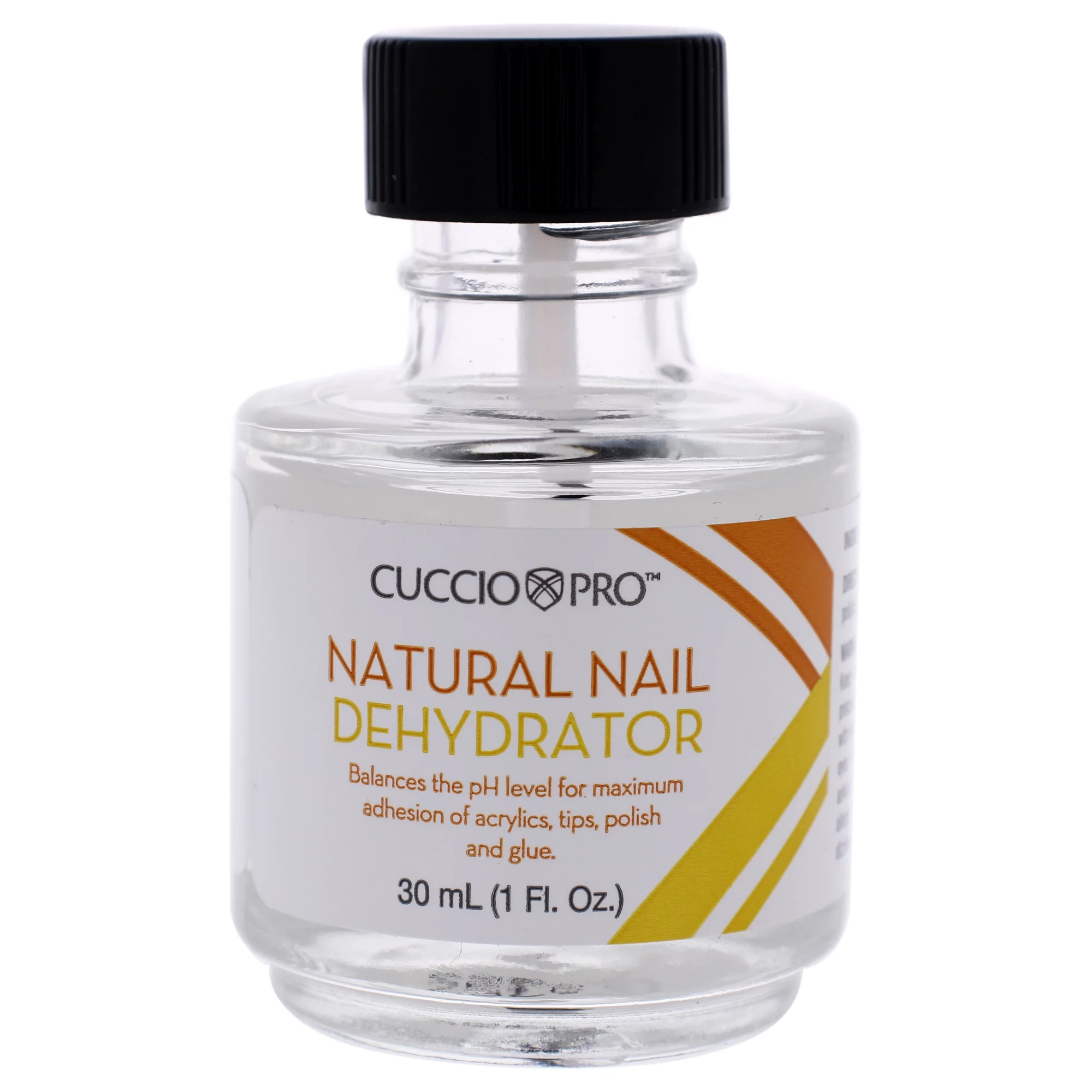
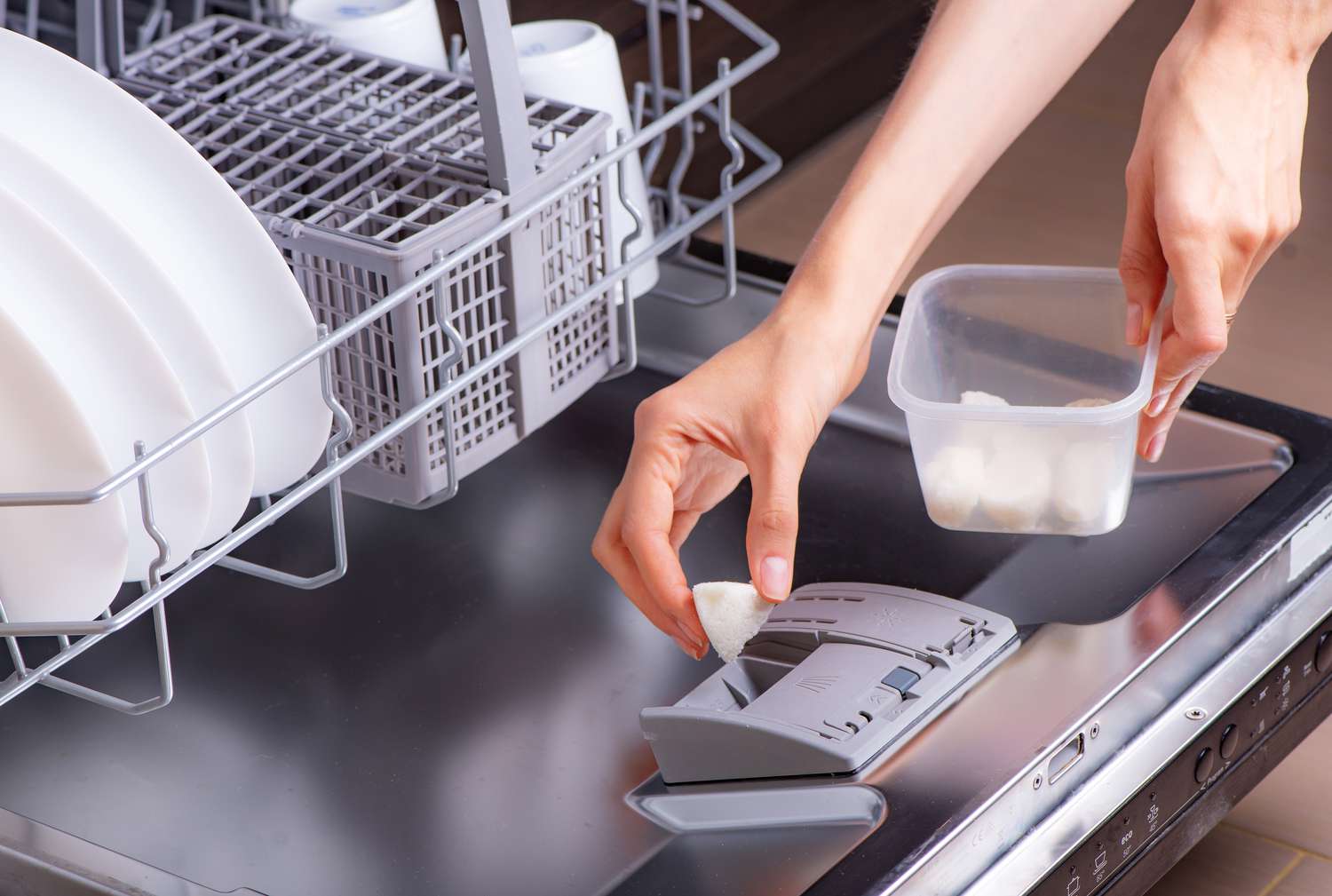


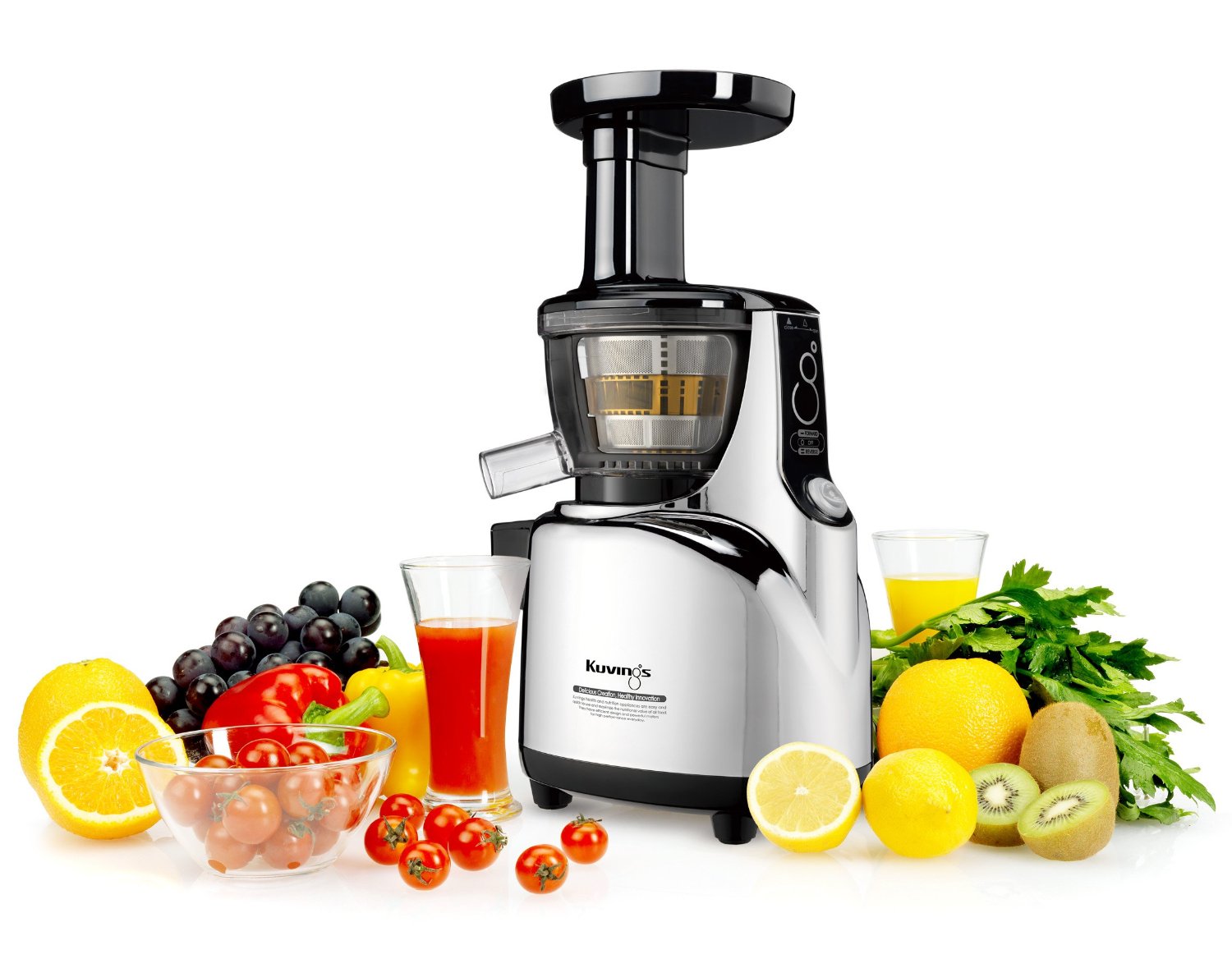



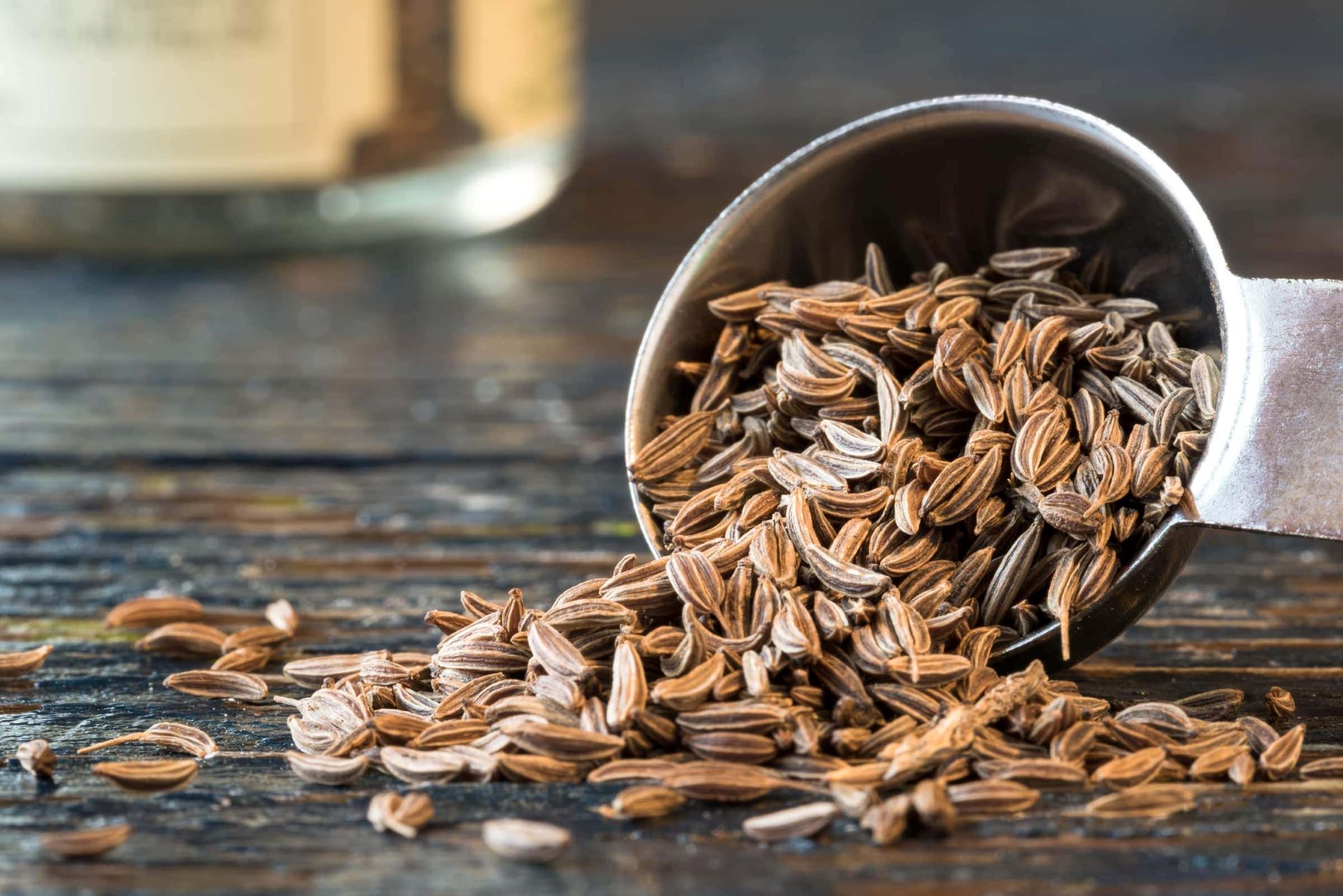
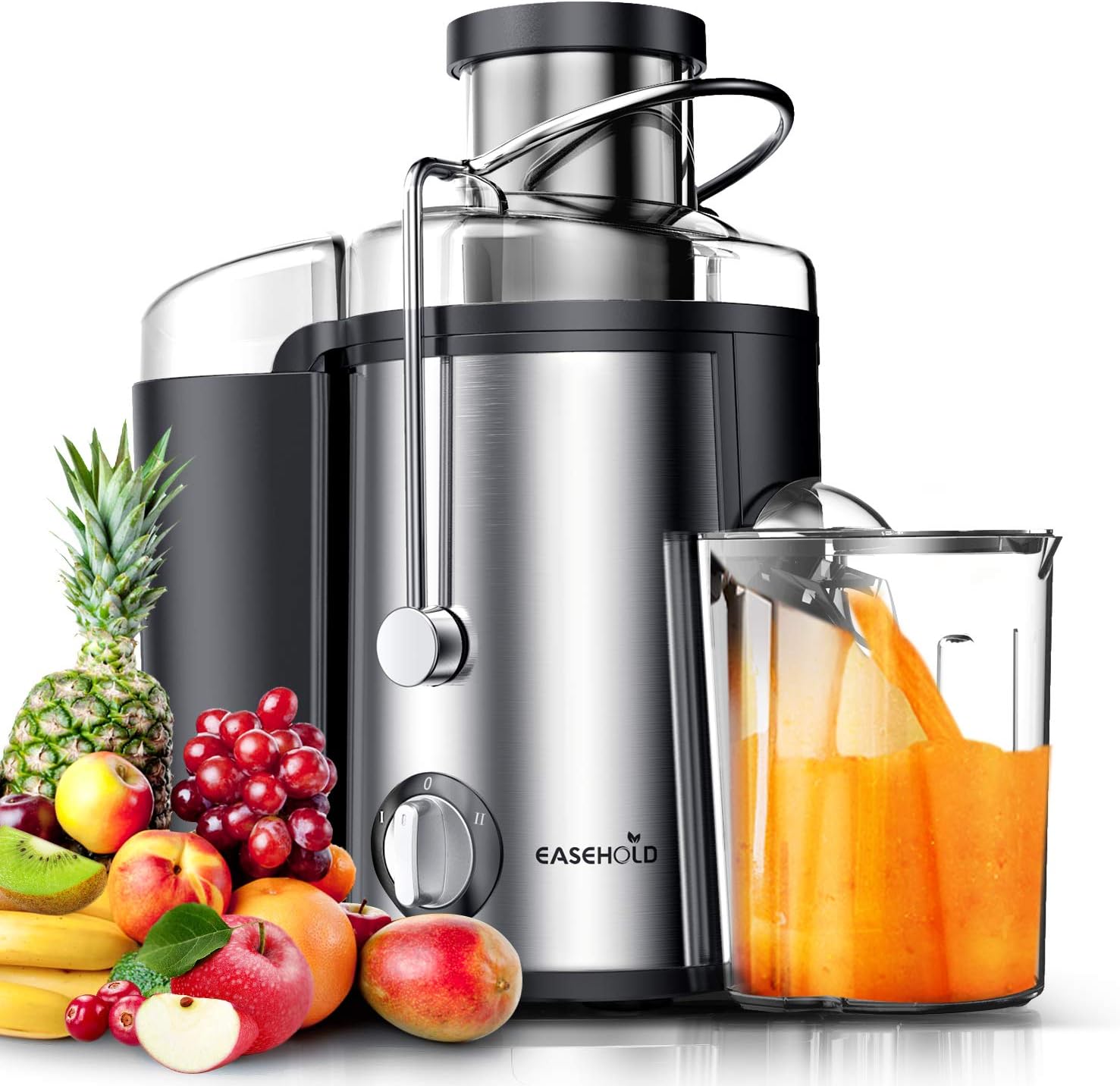
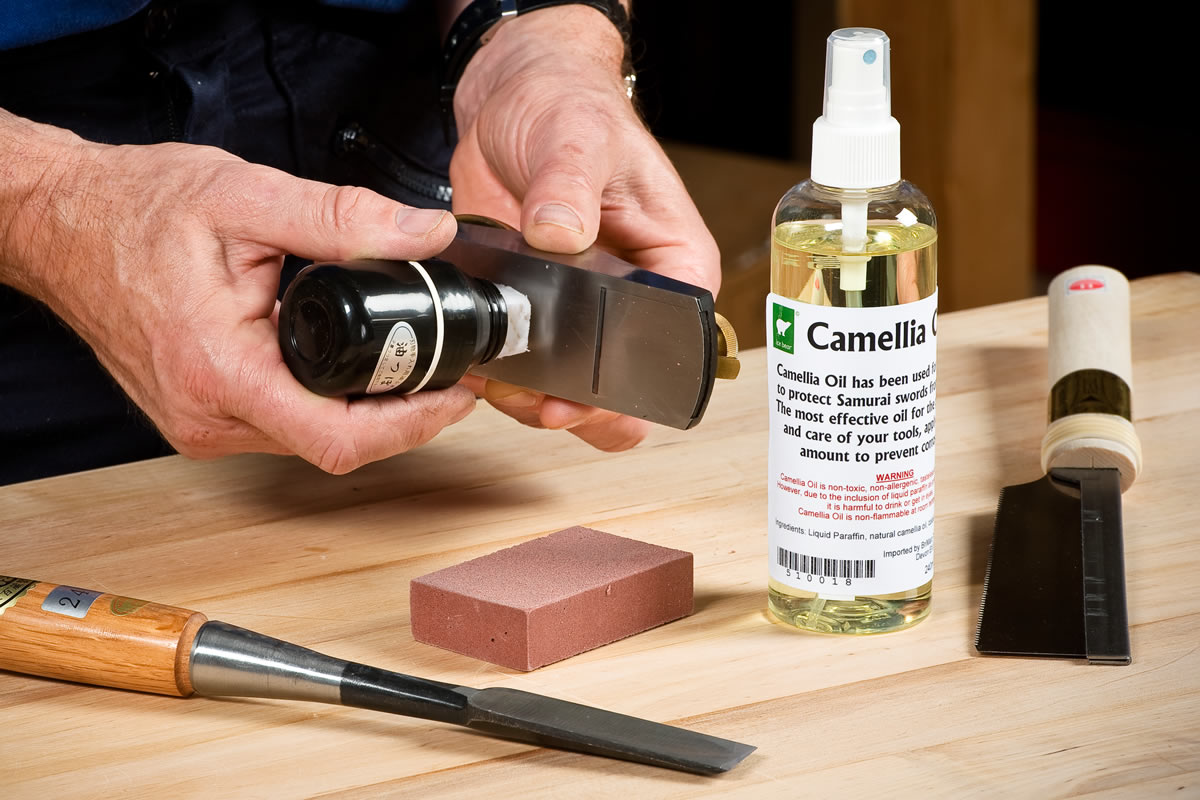

0 thoughts on “What Can You Use A Juicer For”